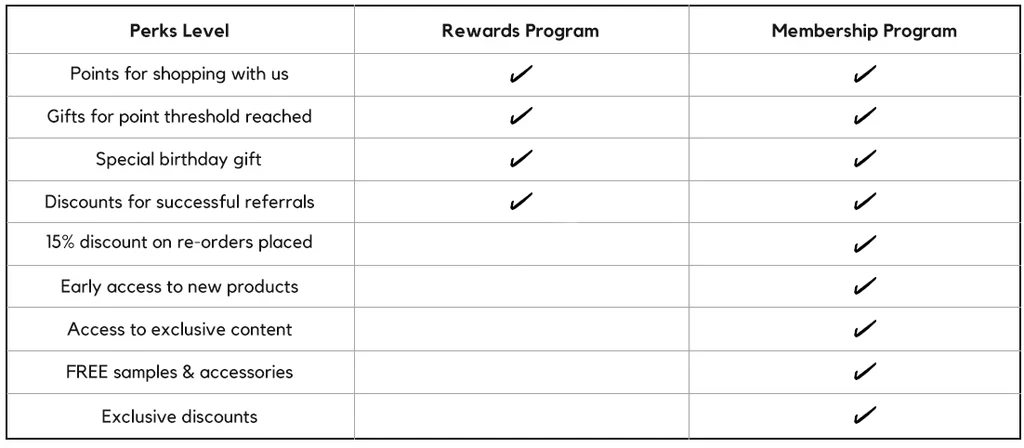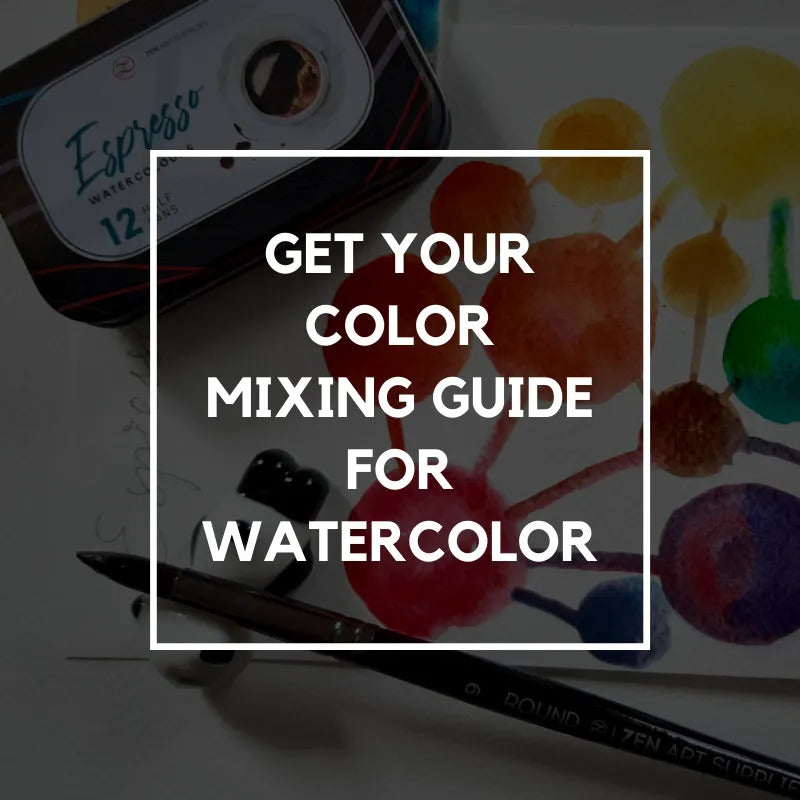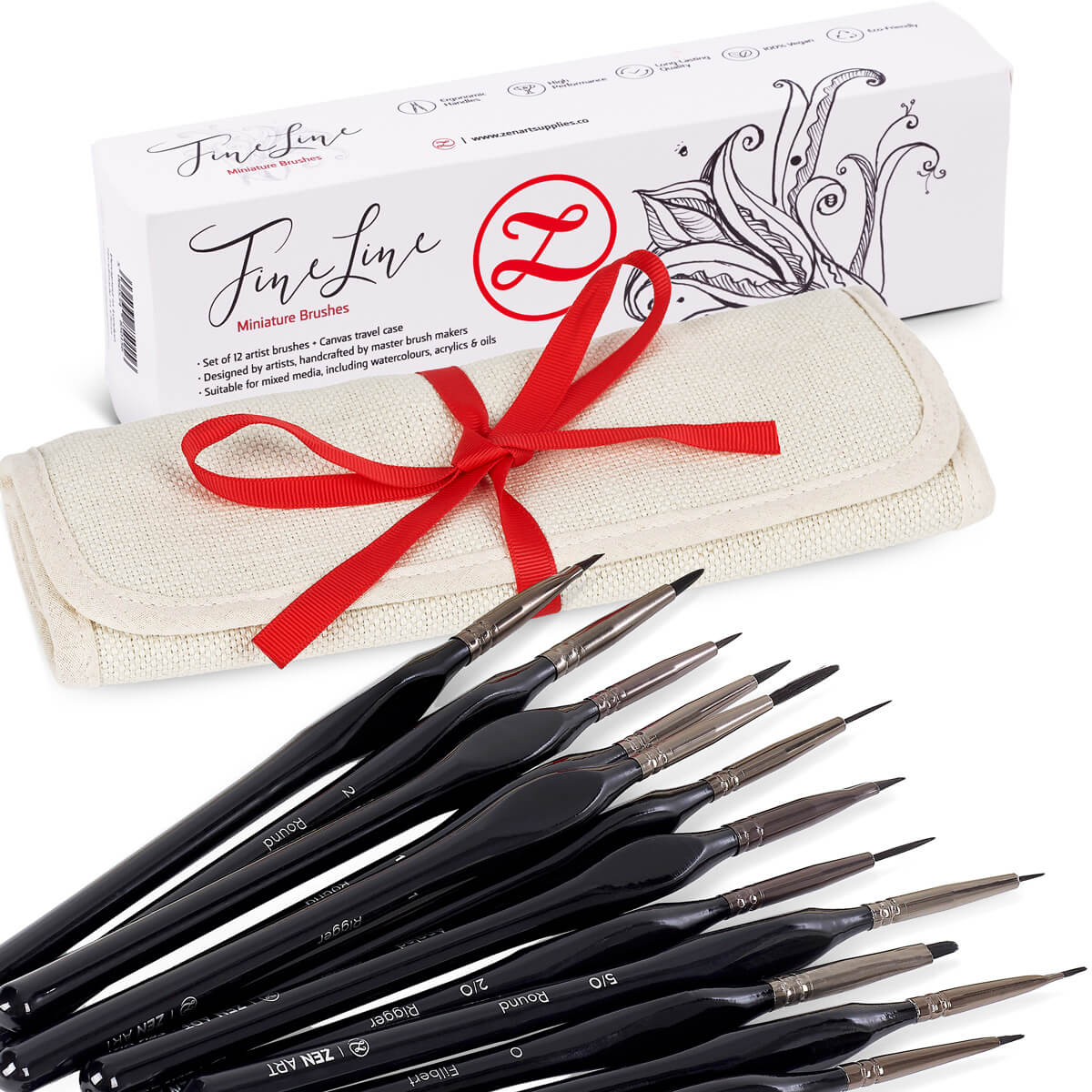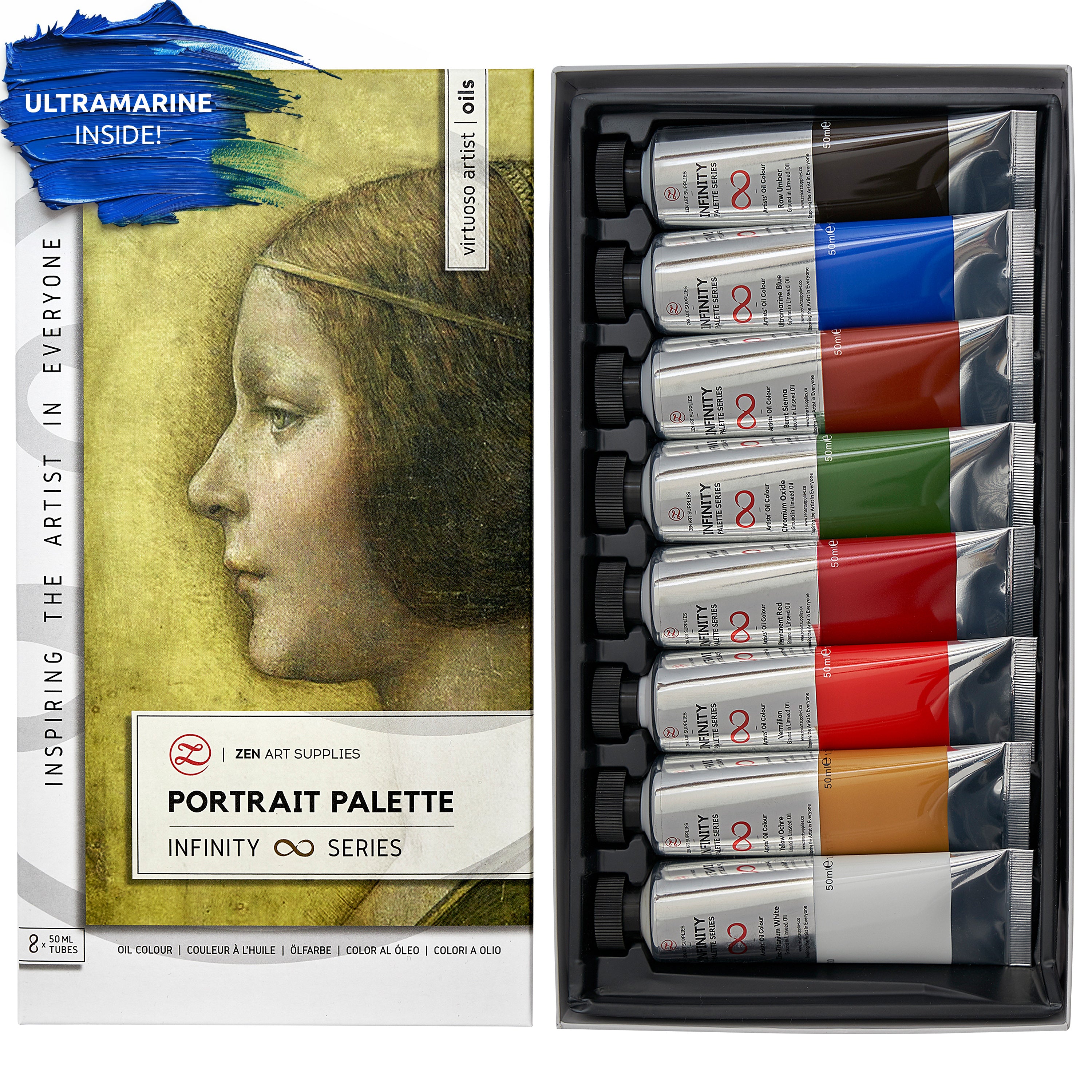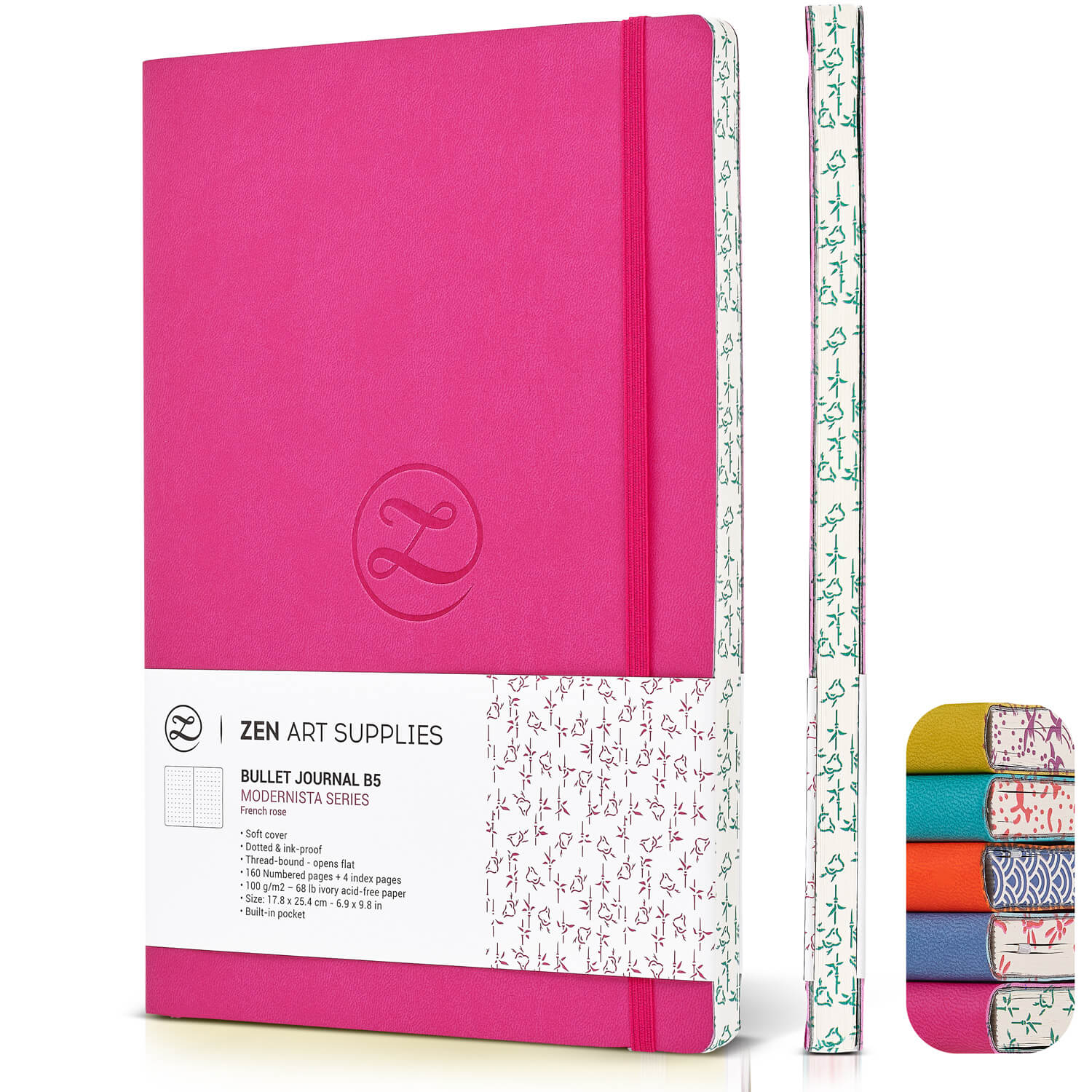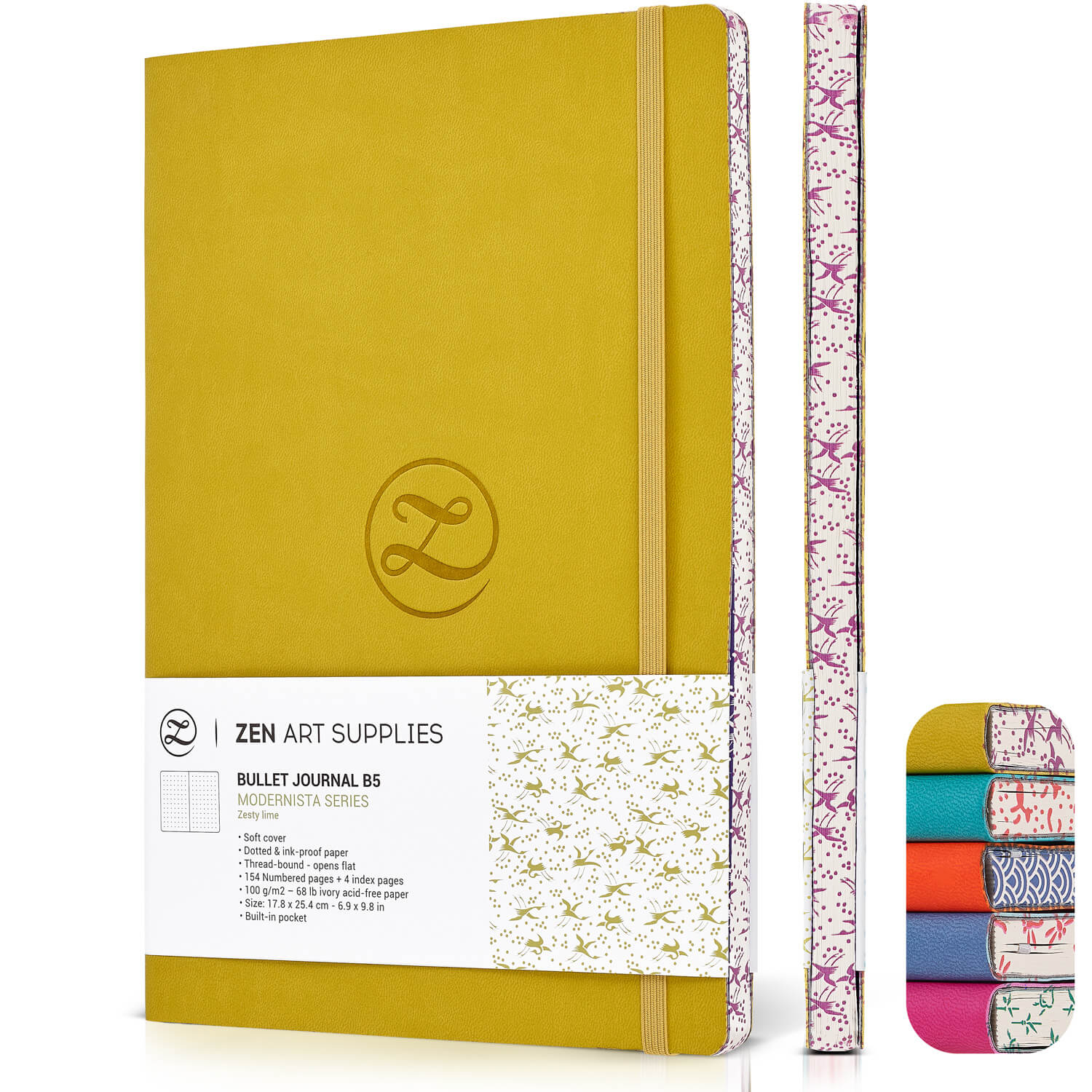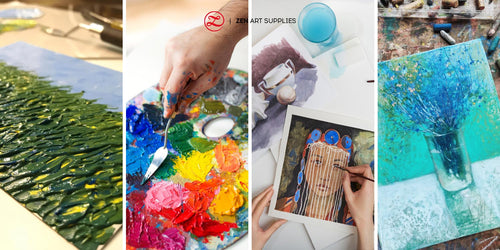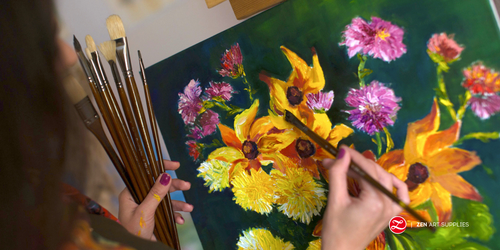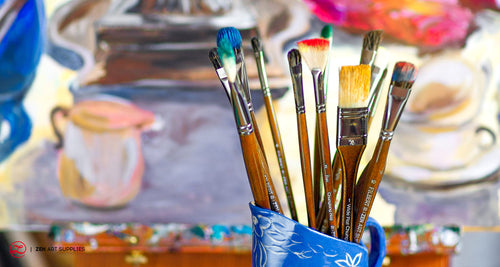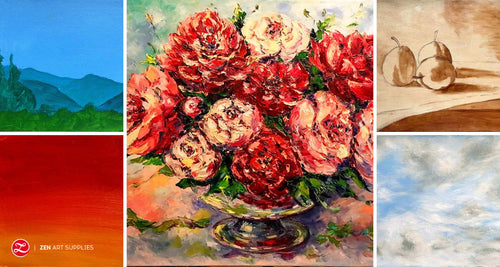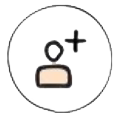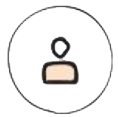“There is always one action you can take for your creativity daily.” - Julia Cameron
If you want to get better at drawing, you’ve got to keep at it every day. Your magnum opus won’t create itself. Your impeccable drawing skills won’t manifest overnight.
Drawing is an essential activity for every artist. It’s fine if you’ve fallen out of the habit. Just like riding a bike, you never forget—just get back up there.
If you’re reading this, it’s a sign that you’d like to improve your drawing practice. You probably just don’t know how, yet. If it’s a lack of skill, we’ve got a ton of tutorials for you to check out. If it’s a discipline thing, well, keep on reading!
Is it okay to draw every day?
Yes, 100 percent. The more you draw, the better you get.
If an athlete must train daily, so too must an artist draw daily.
Practice makes perfect, right? Though we’d argue that it’s better to practice for progress over perfection. Trust the process.
So train your creative brain with a daily drawing practice. But remember, rest and recovery are part of the process. Don’t overdraw or overwork your drawings. Don’t draw to the point of burning out or giving up. Also, you don’t have to finish every drawing in one sitting. Take a break and come back to it the next day.
It’s okay to draw daily, but don’t push yourself too hard. Especially when your artwork no longer sparks joy.
Back to the athlete analogy. Getting fit is a daily choice, but you don’t just head to the gym and heavy lift every day—your muscles will atrophy! I know an artist who drew so much in one day that they got injured.
Take care of yourself.
Refill your creative energy between drawing exercises. Find inspiration outdoors or at a nearby gallery. Watch a calming video or old movie. Check out art tutorials or those draw with me videos—there are tons of those you can search for on YouTube.
What happens if I draw every day?

You’d be surprised. Drawing has many benefits for your mental and physical well-being. Psychologists have been studying the effects of art as therapy for ages. Drawing, in particular, doesn’t just enhance creative and communication skills. It also reduces stress and anxiety, develops mindfulness, enhances cognitive function, and boosts self-esteem.
Drawing every single day establishes a routine. It’s quite literally an exercise—only it’s your inner creative spirit getting fit and healthy each day.
And also, you get to have fun on the page.
Of course, it’s easier said than done. So how do you draw consistently every single day? By setting limits and boundaries. More on that below!
How many hours a day should I practice drawing?
Honestly, as many as you can without hurting yourself or your work.
It depends on how much time you can afford, too. What’s your daily and weekly schedule like? Where can you carve out time in your day for drawing?
At the beginning of your artist’s journey, it’s good to draw at the same time every day. Easier to establish a creative routine that way. You’ll notice it gets harder to weasel out of this creative activity if your body clock says it’s time for art.
Just ten minutes a day for a year. Watch and wait for beautiful results.
So start with ten or twenty minutes. If you truly want to get into that meditative, flow-like state, draw for at least two hours a day. Nothing beats the feeling of getting lost in your own drawing.
What drawing tools do you need?

Commit yourself to your drawing journey. Trick your brain into welcoming a daily drawing routine with a little dopamine hit. So head to an art supply shop for some new tools! Use good drawing tools that make art exciting for you.
New tools needn’t come at an extra cost. You can draw beautifully with materials that don’t break the bank. For starters, here are some basic drawing and sketching tools you’ll need.
Graphite Pencils
Those pencils with different grades: 2H, H, F, HB, 2B, etc.
For reference, H means hard, B means blackness, and F means fine. The higher the number, the harder, blacker, or finer the pencil.
You don’t need every graphite grade in your arsenal. Just a handful—I currently have B, HB, 6B, and 8B in heavy rotation. You could also just use a regular school pencil.
Colored pencils—particularly red and blue
They’re not just for coloring in what you draw. Here’s something I learned from illustrators and animators: Red and blue pencils are amazing for under-sketching.
The red and blue tones aren’t as light-reflective as graphite pencils and they help you distinguish layers and details in your sketch. You can also isolate a red and blue under-sketch if you decide to scan your work.
Drawing pens
Essential for line work. You could use a gel or ballpoint pen, just make sure it’s smudge-proof.
Want something foolproof? Go for technical pens a.k.a. fine liners or drawing pens. Most already have permanent, waterproof, and archival ink. Like graphite pencils, they come in many sizes and tones—black, gray, sepia, red, and more.
Fountain pens are another versatile and economical drawing tool. You can refill them with whatever color ink you like and switch out the nibs.
Erasers
Erasers aren’t just for fixing mistakes, they also help you create highlights. Use a kneaded eraser to blend, soften, or add diffused highlights to your drawing. For precise correcting or highlighting, a mechanical eraser pen will be your new bestie.
Sketchbook and paper
The paper you use affects what you draw. Again, it’s a preference thing. Some like it toothy, others like it smoother. For archival quality, only get acid-free paper.
For starters, a basic sketchbook works just fine. If you’re going to draw and add color, get a sketchbook that’s compatible with the ink and media you use.
How do you get better at drawing?

Easier said than done, but first, release your fear of the blank page. Then release your perfectionist tendencies.
“The worst enemy to creativity is self-doubt,” says poet Sylvia Plath.
The fastest way to get better at drawing is to keep at it every day. Regardless of how you feel or fear about your own work.
Don’t give up just because you doubt yourself. And don’t compare your practice work to other artists’ final work.
Remember you and your drawings are works in progress.
Make plans and stay organized
You’re bound to stumble through a daily drawing habit at some point. It’s important to have systems in place at the beginning to help you focus and stay motivated.
So add drawing into your routine and schedule.
Take stock of your regular day. When can you squeeze in some sketching? Are you more energized to draw in the morning, around lunch, in the afternoon, or in the evening?
Already into bullet journaling? Make a drawing tracker in your bullet journal! Create little sections in your bullet journal where you can draw and doodle a few lines a day.
Keep a daily journal

Get yourself a sketchbook you’re sure to use every day. If it helps, start small. Your brain will naturally want to fill up the whole page. A smaller B6 sketchbook is the perfect size for daily drawings! You could also use a larger size and divide the pages into smaller spaces.
Not sure where to start? We’ve got a guide to choosing the perfect sketchbook for artists.
Set a time limit
Now make drawing every day a smart goal. Set realistic standards that you can achieve on time.
You’ve already made plans and set a schedule. Now time yourself so you don’t overdo your drawings.
As we mentioned earlier, you can draw for as little as twenty minutes or as many hours as you want.
But you can burn out if you draw too much. And you can get bored if you draw too little.
I find that if I’m drawing the same eye for over one hour, I probably need to call it a day and move on to either another drawing or artistic activity. And if I’ve only been drawing for five minutes I feel shortchanged and need to add some time. My perfect time limit is 30 to 45 minutes. See what works for you.
Drawing challenge: do small warmup drawings to start your day

Just like in sports, you can’t run right into a daily drawing marathon. You’ve got to warm up first. Unless you’re already a maestro at art, you can’t expect a masterpiece at the first line. Don’t go straight into the main drawing without warming up your hands. Stretch those muscles—literally and figuratively.
Casual drawing in the morning can be meditative and energizing! Try following our guide to sketching for beginners and warm up with simple lines, shapes, and shading techniques.
Try automatic drawing
I’m a big believer in creative meditation. Surrealists pioneered this method of artmaking. In particular, Joan Miro was one of the first to practice automatic drawing. He would enter an almost trance-like state and just allow his subconscious mind to move his hand and freely draw or paint over paper or canvas.
So here’s a fun surrealist drawing exercise! Put on some music and let chance and happenstance dictate what you draw. Just hover your pen or pencil over the page and let your hand randomly move. Just dance on the page. There’s no thought, no rhyme or reason to it. You’ll be surprised by the results!
Draw repetitive patterns

A fun and easy drawing idea that yields beautiful results over time. Trust the process and enjoy your progress. Plus, this is a sure way to get in the zen zone.
For the planner and bullet journal junkies, you can fill up any blank spots in your monthly logs this way. I teach this exercise in my self-care journaling workshops, too. Fill those daily boxes with a different pattern every day. After a month, you’ll have created a whole quilt or mosaic of pattern drawings!
It’s almost impossible to run out of ideas with this exercise. Just look at the world around you. Spot any repeating motifs in your surroundings. Best done in nature!
Draw what you see
If you’re stuck in your search for inspiration, just draw what’s right in front of you.
Make a drawing exercise out of it. Get out in the world with your sketchbook and find something to draw.
Look and really look at your subject. Then train your mind’s eye to see it as a combination of smaller shapes, curves, and lines. You’re visually deconstructing the subject so you can easier reconstruct it on the page. You get a more accurate and realistic drawing that way.
Drawing what your eyes see instead of what your mind thinks it sees. Learn to be an observer and you’ll become a better artist.
It’s okay to use photos for reference

When you want to focus on finer details and precise lighting for your drawings, it helps to take or find a reference photo. There are loads of them on Pinterest. You can also rely on stock photography websites.
It’s not stealing or cheating to use reference photos. Many artists rely on stock photos of models to draw portraits. Animators draw their backgrounds and scenery from real-life photos all the time. Just remember that the photo is for inspiration, not copying.
Take a class
When all else fails and you feel like you’re not learning or making any progress, it’s okay to ask for help. Take a drawing class, whether virtual or in person. There are loads of online classes on drawing these days. For instance, we’ve got an easy tutorial on charcoal drawing right here!
Having a drawing teacher is great for increasing your skill and getting constructive feedback on your work. It's also the fastest way to learn and get a better idea of how to draw properly.
Draw new things with our art community!
Step out of your comfort zone and try to draw something new! Want in on regular art classes at no extra cost? We've got live drawing and painting tutorials plus video replays you can watch. So come visit our ZenART online community!
If you like the content you’re currently viewing, you’ll love our previously published blogs on drawing, journaling, and painting. Find new ideas and exciting ways to fill up your sketchbooks in our Toolkit section on the ZenART blog!
- MEET THE AUTHOR-

Belle O. Mapa is a writer and artist based in Manila, Philippines. She believes that everyone is born with an inner creative spirit—we just need to nurture and discover it on the blank page. Currently, she lives out her passion: writing stories, hosting journaling workshops, and advocating for mental health awareness.







